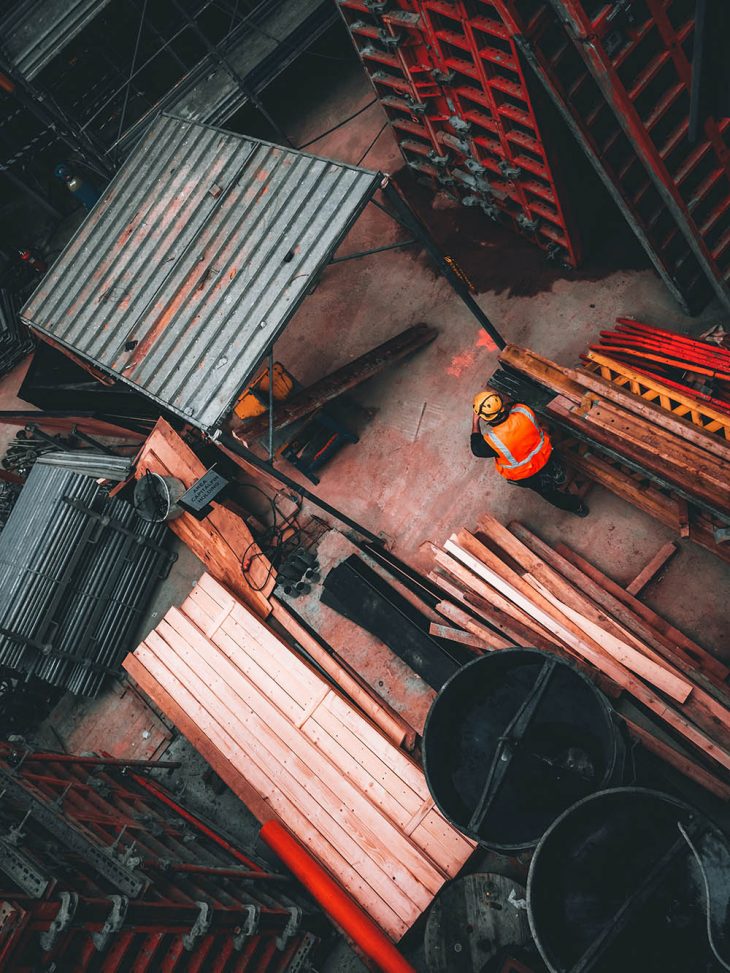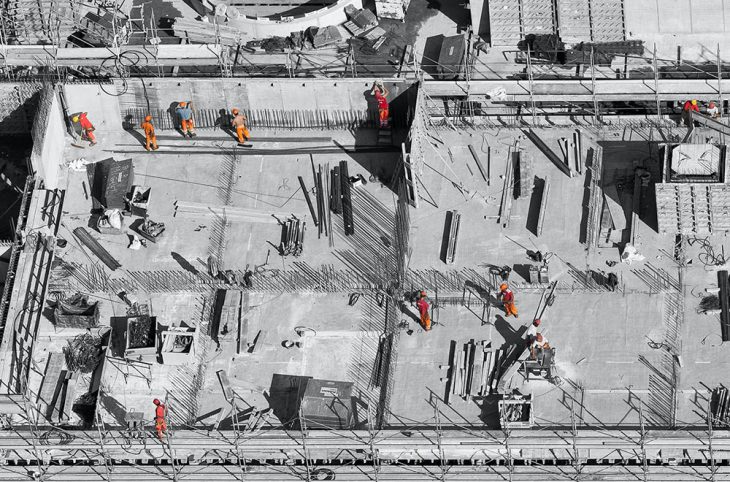
Ever since environmental protection and sustainability became hot topics, architectural practices have come under scrutiny. After all, architecture and construction are notorious for producing waste and using concrete —a huge contributor to carbon emissions.
So, is there a way to make architecture more eco-friendly and reduce its effect on our planet? Luckily, there is, and it involves applying the principles of the circular economy.
What Is Circular Economy?
Usually, when a product is manufactured and consumed by the customer, it ends up in a waste facility and eventually a landfill. For instance, if you buy a shirt, you’ll wear it for a few years and then throw it away. In our current economy, the so-called linear economy, this shirt’s life cycle will end there, and it will simply become waste.
As you can see, such an economy is not sustainable. It assumes that we’ll have an infinite amount of resources, as well as endless space for our waste. But the truth is that we don’t, and we’re already using up more than we have. To most people, that’s not quite obvious yet, but it will be soon enough if we continue going down this path.
Thus, in an effort to avoid a dire future that might await us, we developed a different kind of economy. This time, instead of consuming and throwing away, all products and materials should be repaired, recycled, and reused. In doing so, we reduce the amount of waste and create new material out of the old, already used one. Because of this economy’s circular nature, we usually refer to it as the circular economy.
It’s important to note that circular economy doesn’t only involve recycling. In fact, with recycling alone, we can’t hope to achieve the goal of reducing waste to a minimum. Instead, circular economy attempts to mimic the processes that occur in nature. In other words, nothing is ever wasteful, and everything can serve a purpose in some way.

How Circular Economy Affects Architecture
If any field desperately needs to adopt the circular economy, it’s architecture. It’s not just the design and construction processes that generate a lot of waste but also the demolition of older buildings. Sadly, most of the material left behind after demolition is never used again and instead thrown away to make room for a new building.
So, how would the circular economy affect architecture? Well, before we even get to the design and construction stage, we would have to work on the architects’ mindsets.
Even nowadays, most architects design buildings imagining that they will stay where they are forever. But that’s usually not the case — usually, buildings last between fifty and a hundred years before they are demolished. Then, architects design and build new buildings for new purposes.
So, if that’s the case, wouldn’t it be better to design and build with that in mind? In other words, architects should design buildings made of materials that could find a new purpose in several decades. They should also look for ways to use materials from demolished buildings in new ways instead of fully relying on virgin materials.
Basically, circular architecture would ask for architects to design buildings that future generations can disassemble and reuse. Sadly, though, there’s no guarantee that will actually happen, as we can’t predict what awaits us fifty years down the road. Still, that doesn’t mean we shouldn’t design buildings that adhere to the principles of circular economy. On the contrary, we need to give the future a chance.
How to Incorporate Circular Economy Into Architecture Today
As you’ve just seen, circular economy has many benefits for our planet, both today and in the future. Still, you might not be quite sure how to incorporate it into your building design. Well, here are a few ways to make architecture more circular.
Use Remanufactured Materials
Instead of buying brand new materials for your building, search for their remanufactured counterparts. These materials work just as well as virgin materials, fulfill exactly the same purpose, yet they are far better for the environment. After all, they are made from repaired or recycled parts that would otherwise end up in a landfill, taking up space as they decompose.
Salvage Materials from Local Construction Sites
Do you know of any construction or demolition sites in your area? If the answer is yes, try to recover some materials from those sites for your own construction project. You’re sure to find plenty — after all, it’s rare for any construction site to fully use all of the materials it has in store.
And since all the materials come from local sites, you won’t need to organize transport and contribute to pollution. The more materials you find like this, the better for the planet!

The Future of Circular Economy in Architecture
Though it’s difficult to tell if circular economy is the best solution for our growing environmental concerns, it certainly seems promising. As such, we need to incorporate it in as many aspects of our lives as possible, including architecture. In fact, architects already show a lot of interest in sustainable and circular building, so making this transition shouldn’t be too unnatural.
Still, it will take some time and effort to get everyone on the same page and evaluate the success of our new practices. But one thing is for sure — the circular approach in architecture is a far better solution than the linear one.



